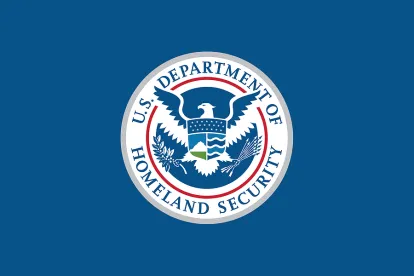The Biden administration announced plans to issue an additional 64,716 H-2B visas this fiscal year.
Key Points:
- The supplemental visas will come on top of the 66,000 H-2B visas available under the regular H-2B cap. The additional 64,716 visas is the maximum supplemental allocation allowed under federal appropriations legislation.
- Of the 64,716 visas:
- 20,000 will be reserved for workers from Colombia, Costa Rica, Ecuador, El Salvador, Guatemala, Haiti and Honduras.
- 44,716 will be available to returning workers who received an H-2B visa or were otherwise granted H-2B status during one of the last three fiscal years.
- The Department of Homeland Security said additional details on H-2B program safeguards, as well as eligibility and filing requirements, will be available in a forthcoming temporary final rule, which is expected to be published soon.
Background: The H-2B program permits employers to temporarily hire noncitizens to perform nonagricultural labor or services in the United States. The employment must be of a temporary nature, such as a one-time occurrence, seasonal need or intermittent need.
DHS makes 66,000 H-2B visas available annually for workers in jobs that are subject to the H-2B cap. Half of these visas are available in the first half of the fiscal year, beginning Oct. 1, and half are available in the second half, beginning April 1. U.S. Citizenship and Immigration Services announced on Oct. 13 that it had already received enough petitions to reach the congressionally mandated cap on H-2B visas for the first half of the fiscal year.
In announcing the supplemental visas, DHS said the additional allotment would “help address the need for seasonal workers and reduce irregular migration.” BAL will provide additional information on the supplemental visas as it becomes available.




 />i
/>i

